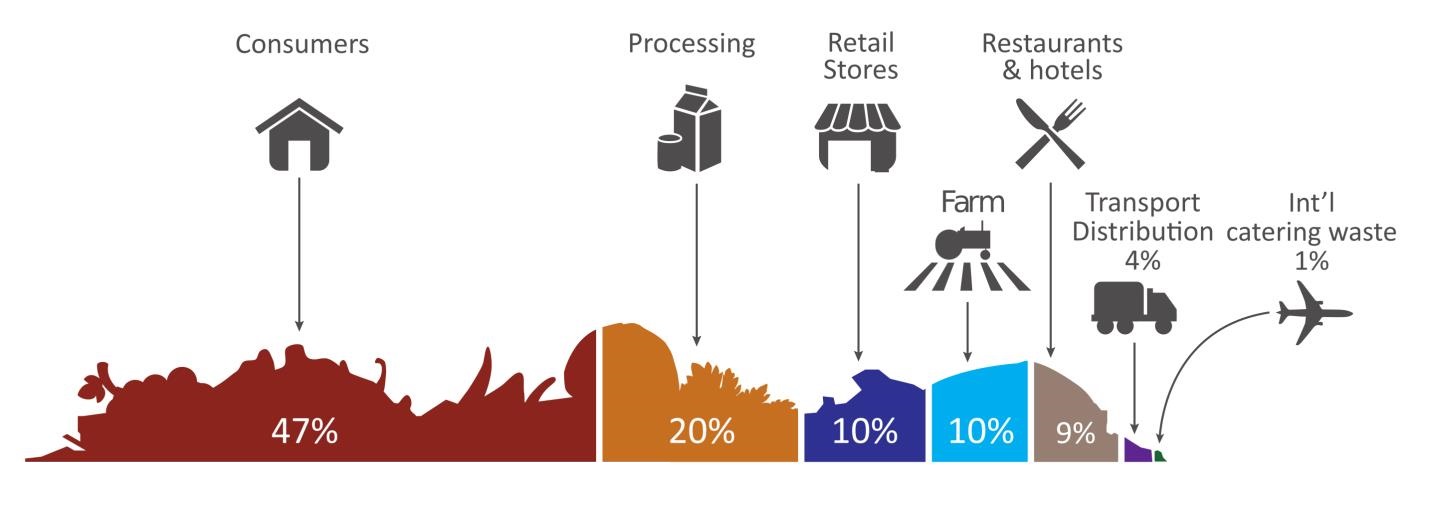The Food and Organic Waste Framework: The shift to a circular economy in Ontario
 Organic fruit and vegetables. Farmers hands with freshly harvested apples.
Organic fruit and vegetables. Farmers hands with freshly harvested apples.
Ontario’s Ministry of the Environment and Climate Change recently released The Food and Organic Waste Framework, which outlines the province’s shift to a circular economy.
A circular economy established a system where materials are never discarded. Instead, materials are reused or recycled into new products that are then reintroduced into the market. Circular cycles such this come with various environmental and economic benefits that will help the Province of Ontario fight climate change and achieve its goals of a zero waste future with zero greenhouse gas emissions from the waste sector.
Benefits include:
- preserving natural resources and fighting climate change;
- saving consumers and businesses money;
- improving access to healthy and fresh food;
- improving soil health and reducing erosion;
- improving water quality; and
- creating renewable natural gas.
Addressing food and organic waste is a big part of the challenge. Overall, about $31 billion worth of food is wasted annually in Canada – around $868 worth of food wasted per person per year. At approximately 47 percent of total food waste, consumers are responsible for the largest share of food waste; however, the remaining food waste is generated along the supply chain: where food is grown, processed, transported, and sold (as seen below).

(Source: National Zero Waste Council, accessed via The Food and Organic Waste Framework)
In 2015, Ontario produced around 3.7 million tonnes of food and organic waste. This included food that could have been eaten or repurposed, and unavoidable waste (such as food scraps and vegetable peelings). That year, almost 2.3 million tonnes (around 60 percent) of food and organic waste was sent to disposal, lending to the 8.6 megatonnes of carbon dioxide that the waste sector contributed to Ontario’s total greenhouse gas emissions (which adds up to approximately 5 percent).1
The Food and Organic Framework strives toward achieving the following four objectives:
- Reduce food and organic waste.
- Recover resources from food and organic waste.
- Support resource recovery infrastructure.
- Promote beneficial uses of recovered organic resources.
The framework, together with the Strategy for a Waste-Free Ontario: Building a Circular Economy and Ontario’s Climate Change Action Plan, will help the province build a circular economy and fight climate change.
1. As food and organic waste breaks down in an oxygen-deprived environment, such as a landfill, it creates methane – a potent greenhouse gas.



